Since the Industrial Revolution, the population of the world has exploded and the population that had less than 700 million
in 1700 has reached 7 billion now. In order to cultivate an increasing population, forest destruction continues and the number
of species continues to sharply decrease by expanding cultivated land, pumping down groundwater and irrigating, increasing
the production of food by using a large amount of chemical fertilizers and pesticides. Also, as a result of consuming a large
amount of natural resources and expanding the production of substances in search of a better life, the environmental impact
of a large amount of waste is becoming serious. Under such circumstances, the demand for realization of a sustainable world
that considers the global environment is rapidly rising.
In this lesson, we approach the problem of the global environment from the viewpoint of substance and energy, and learn the principle of 'chemistry' indispensable for solving these problems. As a finish, we will research and report on new sustainability technologies, either individually or in groups.
The basis of chemistry to be learned in this lesson is that as you progress to specialized courses and even after graduating from university, when you are interested in the problems of the global environment and involve activities to realize a sustainable world, It will surely serve as a basis for scientific thinking for solving the problems.
In this lesson, we approach the problem of the global environment from the viewpoint of substance and energy, and learn the principle of 'chemistry' indispensable for solving these problems. As a finish, we will research and report on new sustainability technologies, either individually or in groups.
The basis of chemistry to be learned in this lesson is that as you progress to specialized courses and even after graduating from university, when you are interested in the problems of the global environment and involve activities to realize a sustainable world, It will surely serve as a basis for scientific thinking for solving the problems.
Learn the knowledge and principles of chemistry necessary to understand the various problems related to the global environment
and make it possible to understand newspaper, magazine, television and other news reports from a chemical point of view. Also,
for the future, when more specialized knowledge of chemistry is needed, we will solidify our foundation so that we can resume
chemistry learning by ourselves. In addition, we will learn how to solve problem-based learning through research activities
on new sustainability technologies.
| Goals and objectives | Course Outcomes | |
|---|---|---|
| 1. | You understand the properties of elements in relation to the periodic law and how the materials are made by the bonds between atoms. |
1.
|
| 2. | You can write down correct chemical reaction formula for basic chemical reactions. |
2.
|
| 3. | You understand the concept of molecular polarity, heat of reaction and binding energy, acid and base. |
3.
|
| 4. | You can explain the mechanisms of air pollution, ozone depletion, global warming, water pollution and acid rain from the perspective of chemistry . |
4.
|
| 5. | With regard to new sustainability technologies, you can investigate the materials and make reports on new technologies that enhance sustainability. In addition, we can provide a convincing explanation for such topics related to chemistry. |
5.
|
| Class schedule | HW assignments (Including preparation and review of the class.) | Amount of Time Required | |
|---|---|---|---|
| 1. | Guidance (achievement goal, method of classes, method of grade assessment) Questionnaire about research activities |
Read Chapter 0 of the textbook. | 40分 |
| Make a preliminary investigation of Sustainable Development Goals (SDGs). | 30分 | ||
| 2. | Chemistry of air and air pollution (1) | Summarize what you learned in the last lesson. Read the textbook Chapter 1. | 160分 |
| Evaluate your own 'Ecological Footprint' by the diagnostic test on the website of Ecological Footprint Japan. | 40分 | ||
| 3. | Chemistry of air and air pollution (2) | Summarize what you learned in the last lesson. Read the textbook Chapter 6. | 200分 |
| 4. | Global warming | Summarize what you learned in the last lesson. Read the textbook Chapter 3. | 200分 |
| 5. | Depletion of the ozone layer | Summarize what you learned in the last lesson. Read the textbook Chapter 2. | 200分 |
| 6. | Chemistry of water and water pollution (1) | Summarize what you learned in the last lesson. Read the textbook Chapter 5. | 200分 |
| 7. | Chemistry of water and water pollution (2) | Summarize what you learned in the last lesson. Read the textbook Chapter 5 again. | 200分 |
| 8. | Energy resources and sustainability (1) | Summarize what you learned in the last lesson. Read the textbook Chapter 4. | 200分 |
| 9. | Energy resources and sustainability (2) | Summarize what you learned in the last lesson. | 200分 |
| 10. | Energy resources and sustainability (3) | Summarize what you learned in the last lesson. Read the textbook Chapter 4 again. | 200分 |
| 11. | Garbage and recycling (1) | Summarize what you learned in the last lesson. | 200分 |
| 12. | Garbage and recycling (2) | Summarize what you learned in the last lesson. | 200分 |
| 13. | Chemistry for a sustainable future (1) | Summarize what you learned in the last lesson. | 200分 |
| 14. | Chemistry for a sustainable future (2) | Summarize what you learned in the last lesson. Review all the contents of the classes. | 200分 |
| Total. | - | - | 2670分 |
| Quizzes and Exercises | Evaluation of report | Total. | |
|---|---|---|---|
| 1. | 15% | 5% | 20% |
| 2. | 15% | 5% | 20% |
| 3. | 30% | 10% | 40% |
| 4. | 20% | 20% | |
| Total. | 60% | 40% | - |
1. Quiz / Exercise: 40 points out of 40
(At the beginning of each lesson, you will be provided a quiz to check your understanding of the content of the previous lesson. In some cases, exercises will be given. The quiz and exercise answers will be evaluated on a 5-point scale. The total score will be converted to a maximum of 60 points.)
2. Report: 40 points out of 40
Out of a total of 100 points, 60 points or more will pass.
In each confirmation quiz, if you participate in the lesson properly, you will get a score of 80%.
You can get a score of 60% if you create a well-organized report without cutting corners.
(At the beginning of each lesson, you will be provided a quiz to check your understanding of the content of the previous lesson. In some cases, exercises will be given. The quiz and exercise answers will be evaluated on a 5-point scale. The total score will be converted to a maximum of 60 points.)
2. Report: 40 points out of 40
Out of a total of 100 points, 60 points or more will pass.
In each confirmation quiz, if you participate in the lesson properly, you will get a score of 80%.
You can get a score of 60% if you create a well-organized report without cutting corners.
Textbook :
廣瀬千秋訳,「改訂 実感する化学 上巻 地球感動編」,A Project of American Chemical Society, NTS.
(Original textbook: C. H. Middlecamp et al., "Chemistry in Context: Applying Chemistry to Society, 8th Edition, A Project of American Chemical Society", 2015.
廣瀬千秋訳,「改訂 実感する化学 上巻 地球感動編」,A Project of American Chemical Society, NTS.
(Original textbook: C. H. Middlecamp et al., "Chemistry in Context: Applying Chemistry to Society, 8th Edition, A Project of American Chemical Society", 2015.
- If you have any questions or problems, please chat during class or email after class (asao@shibaura-it.ac.jp).
- Course that cultivates an ability for utilizing knowledge
| Work experience | Work experience and relevance to the course content if applicable |
|---|---|
| N/A | N/A |
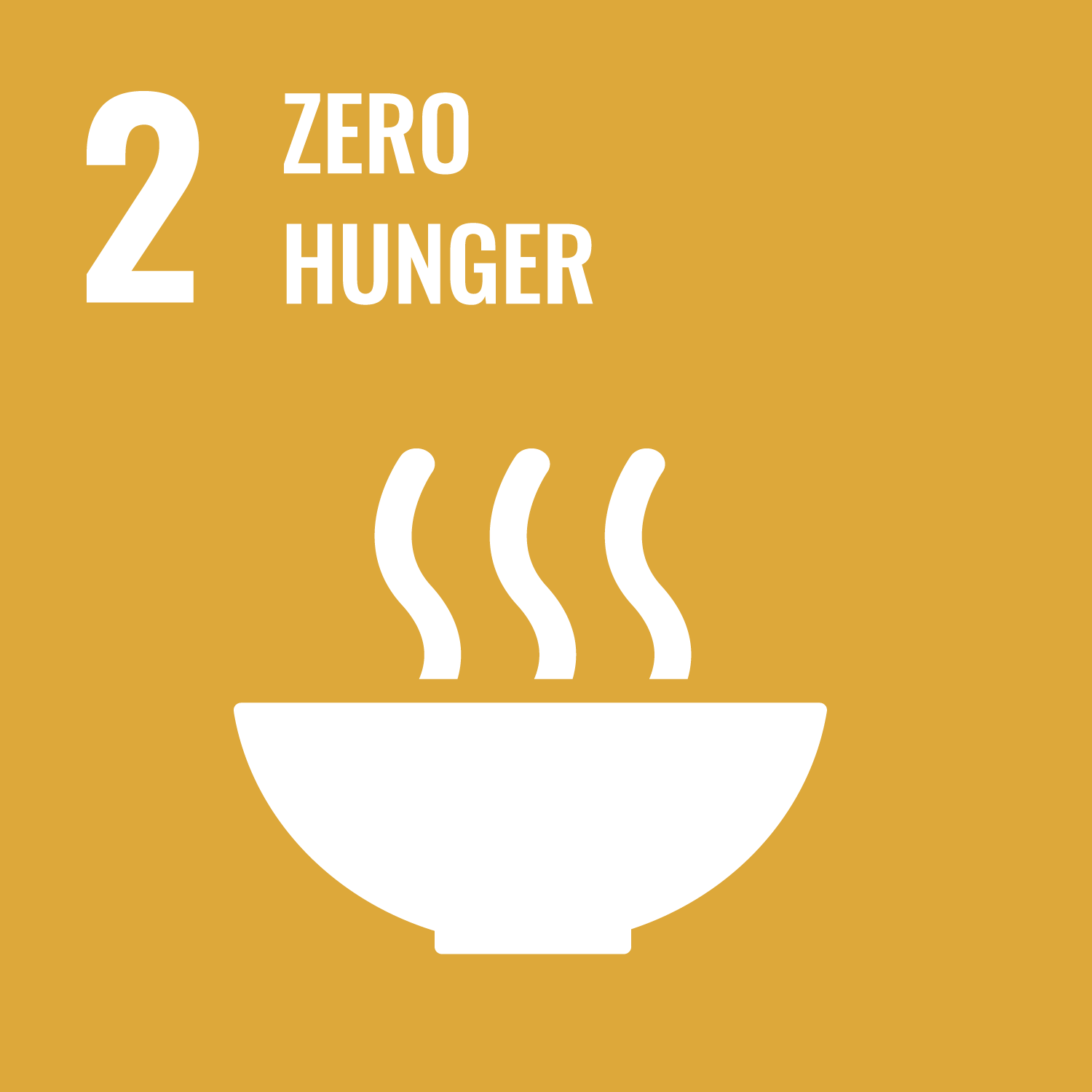
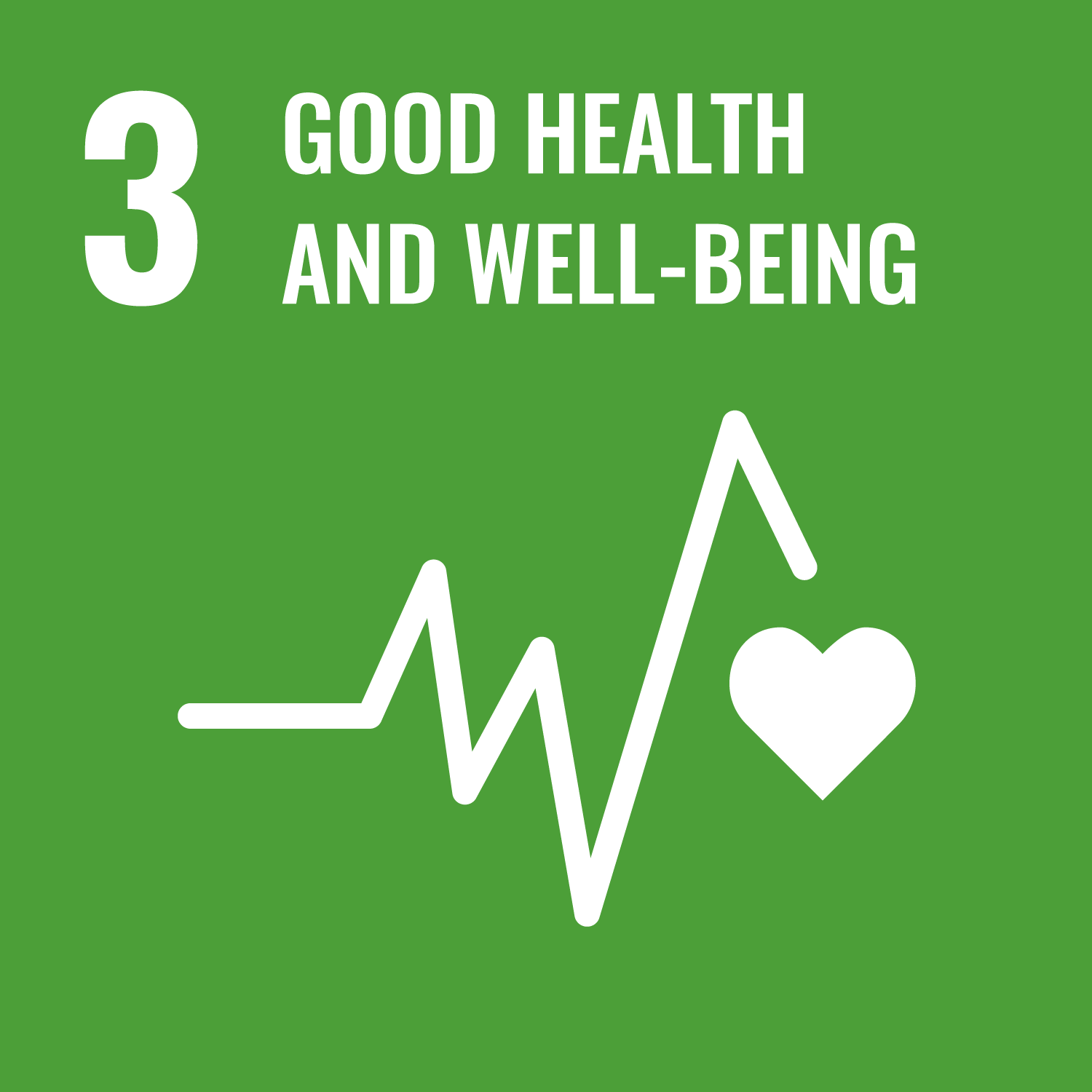
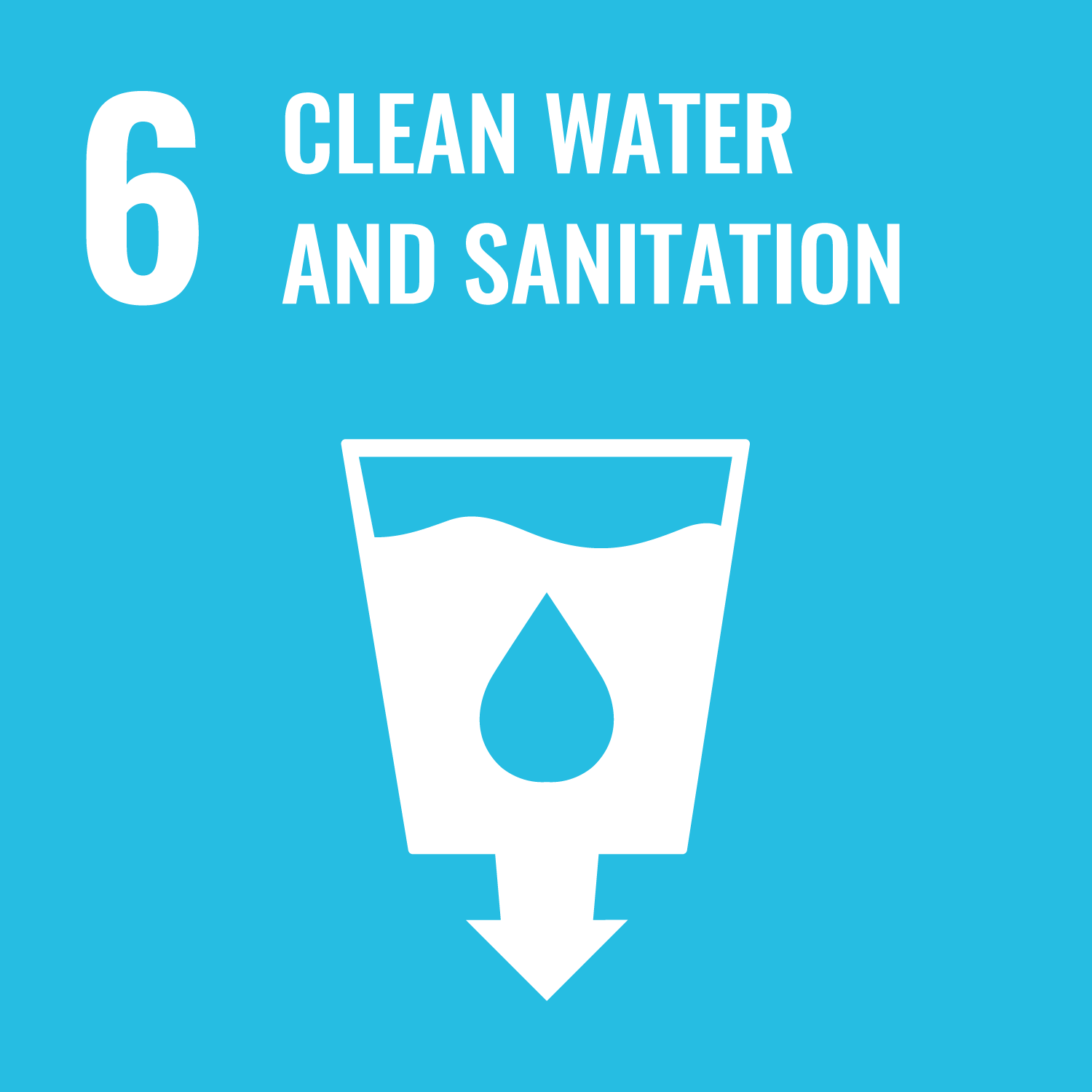

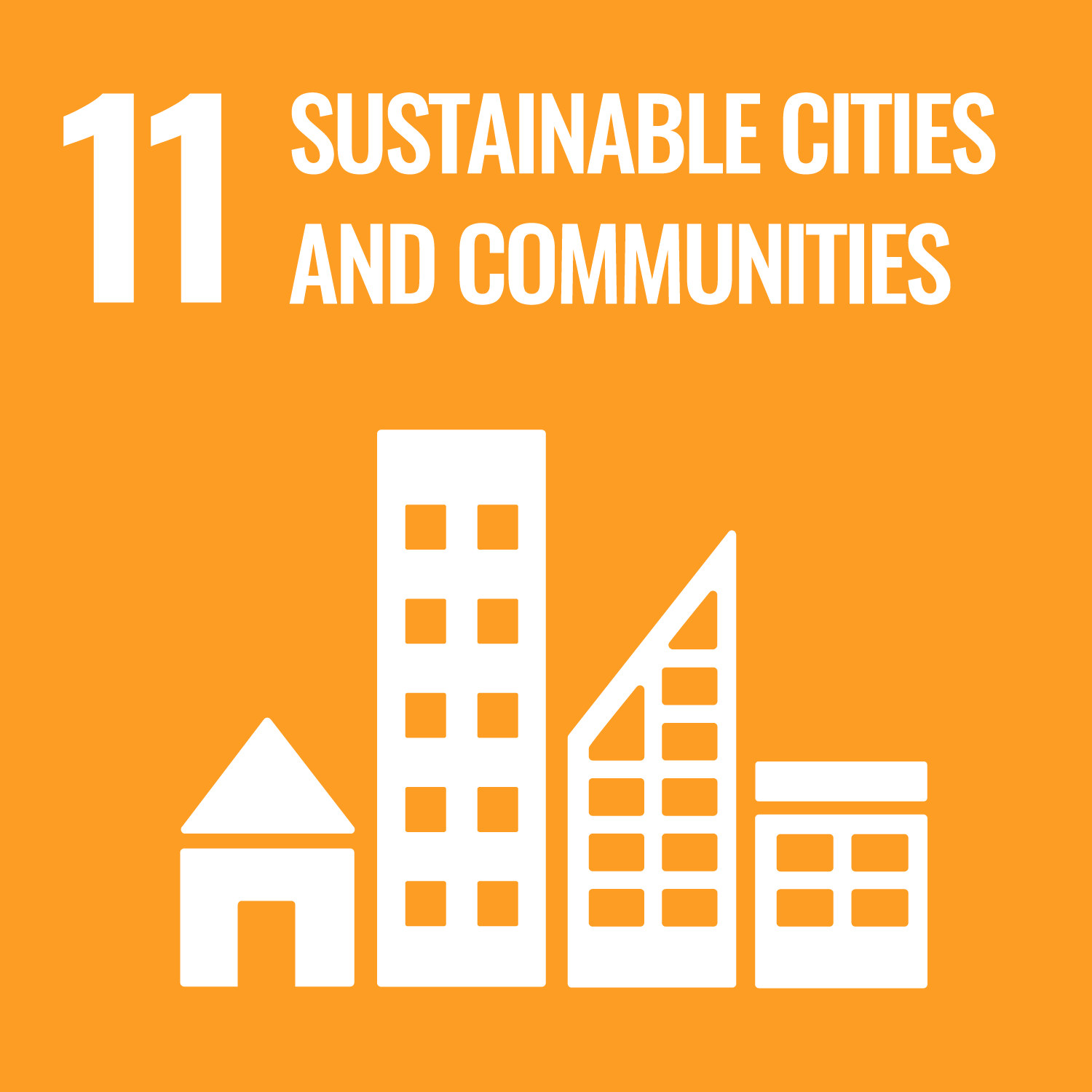
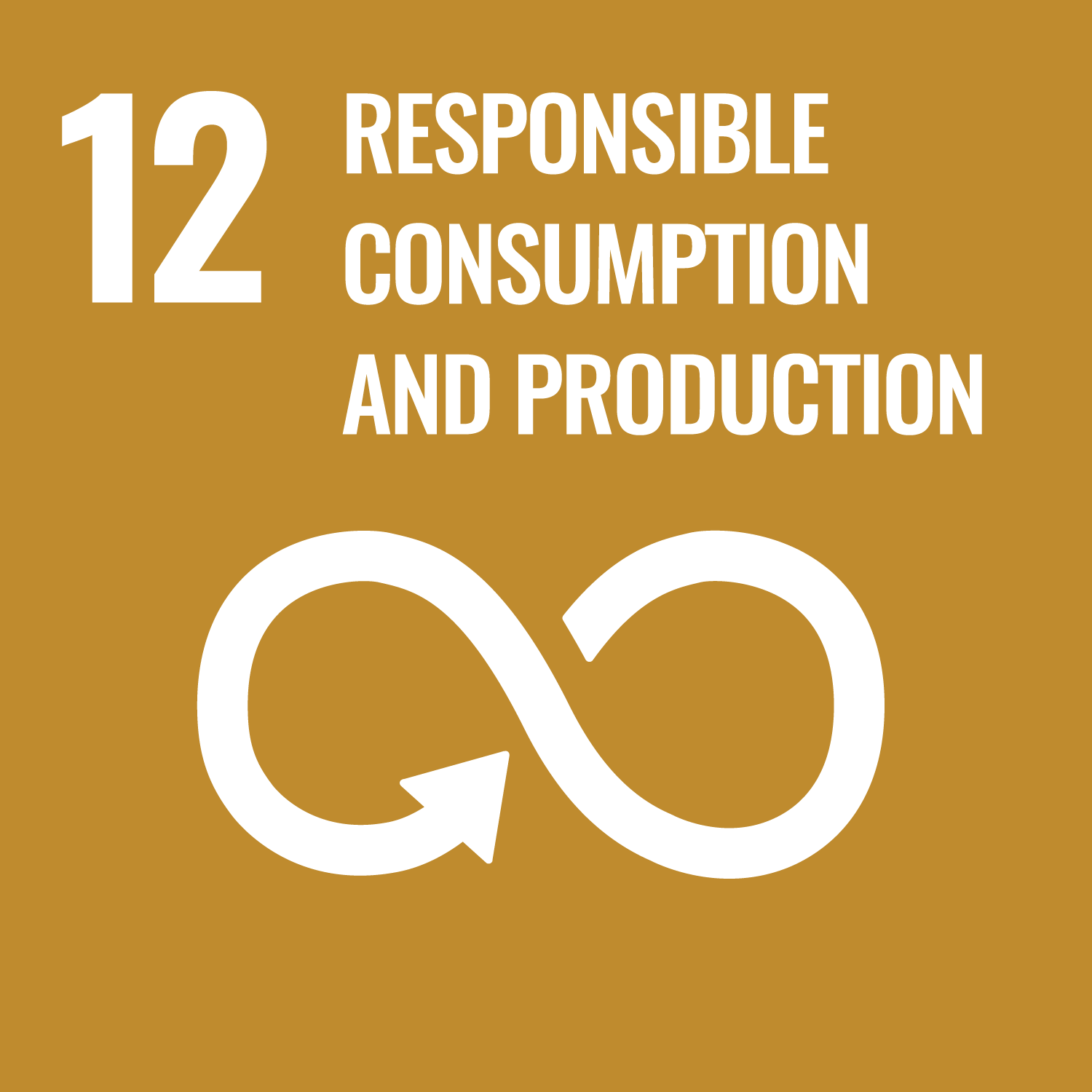
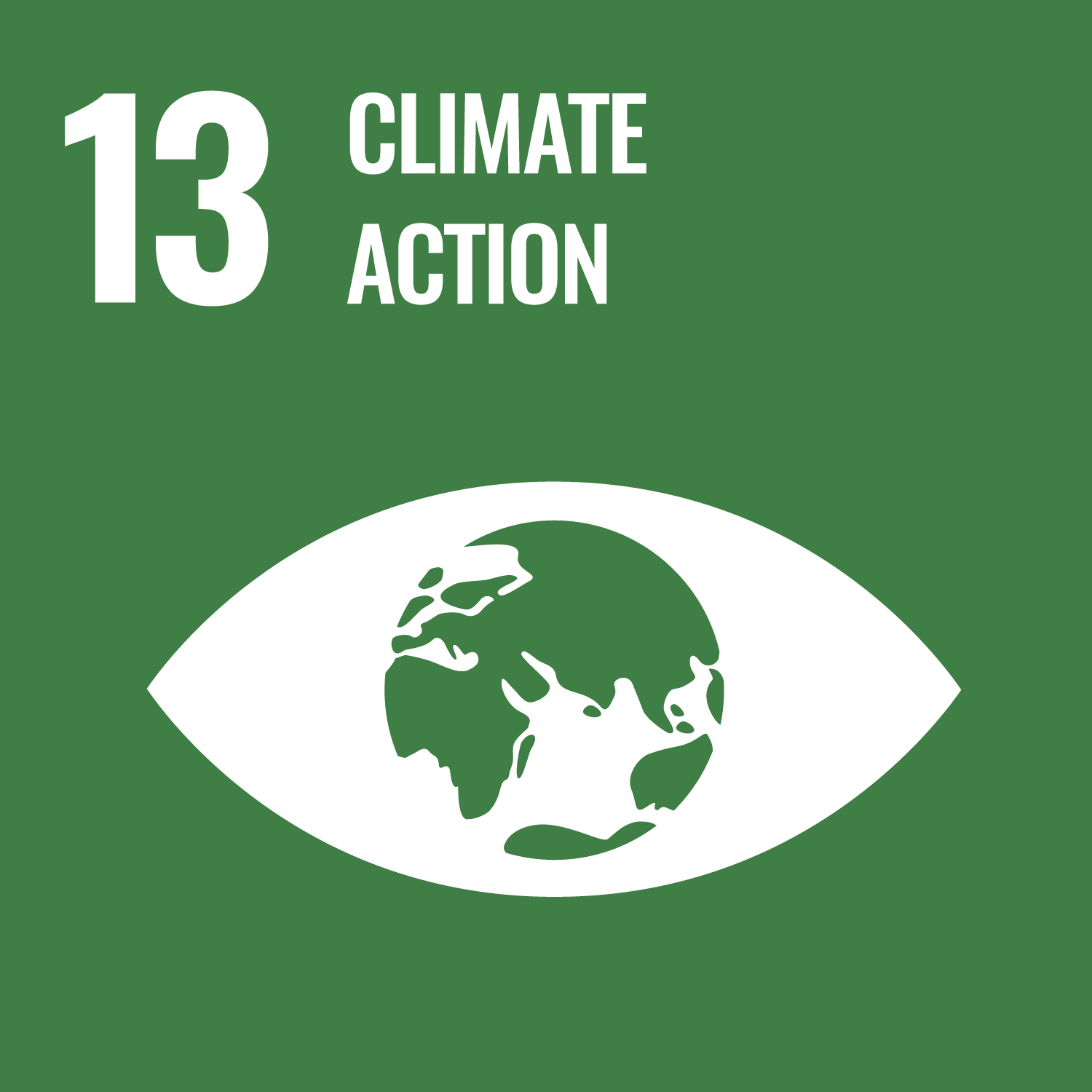
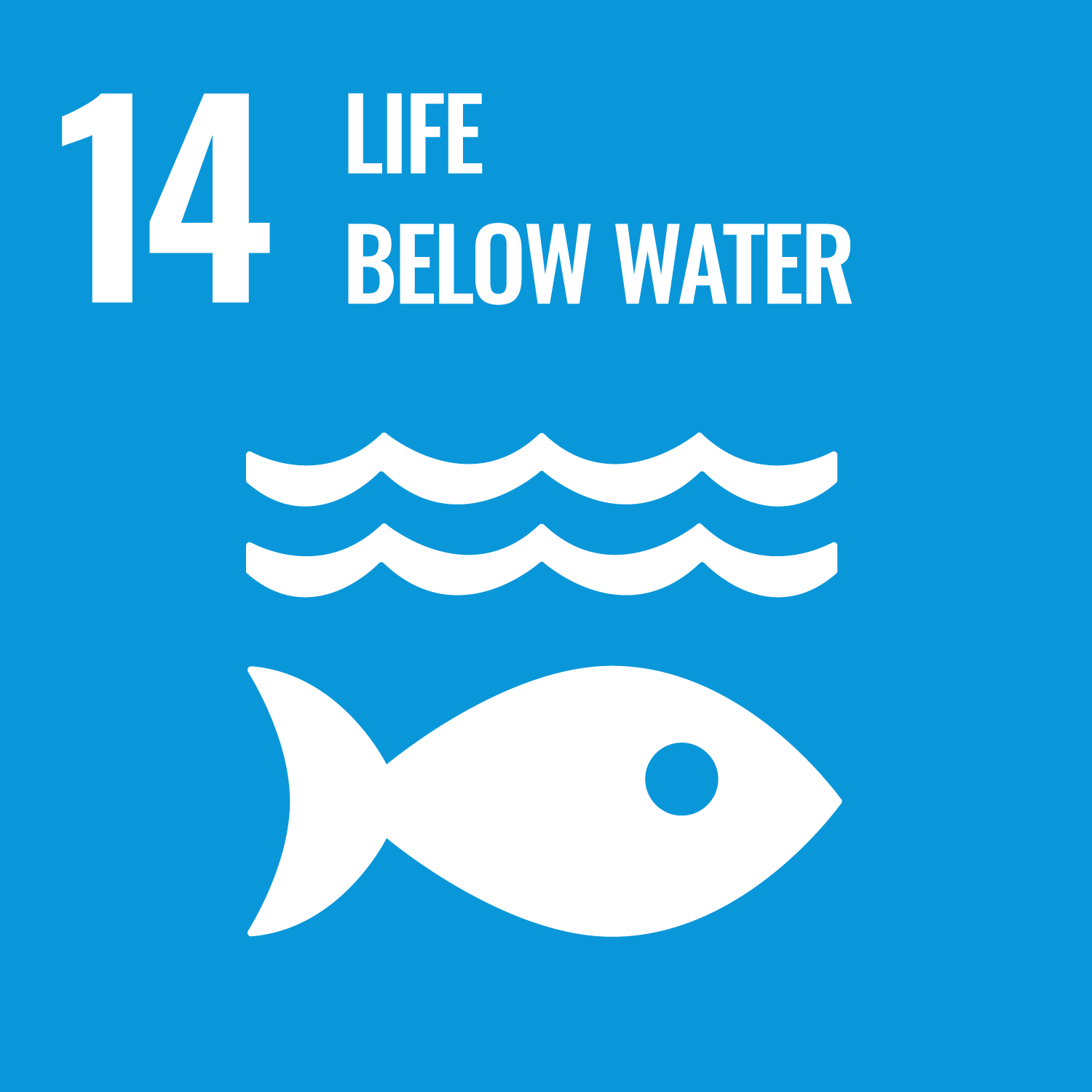
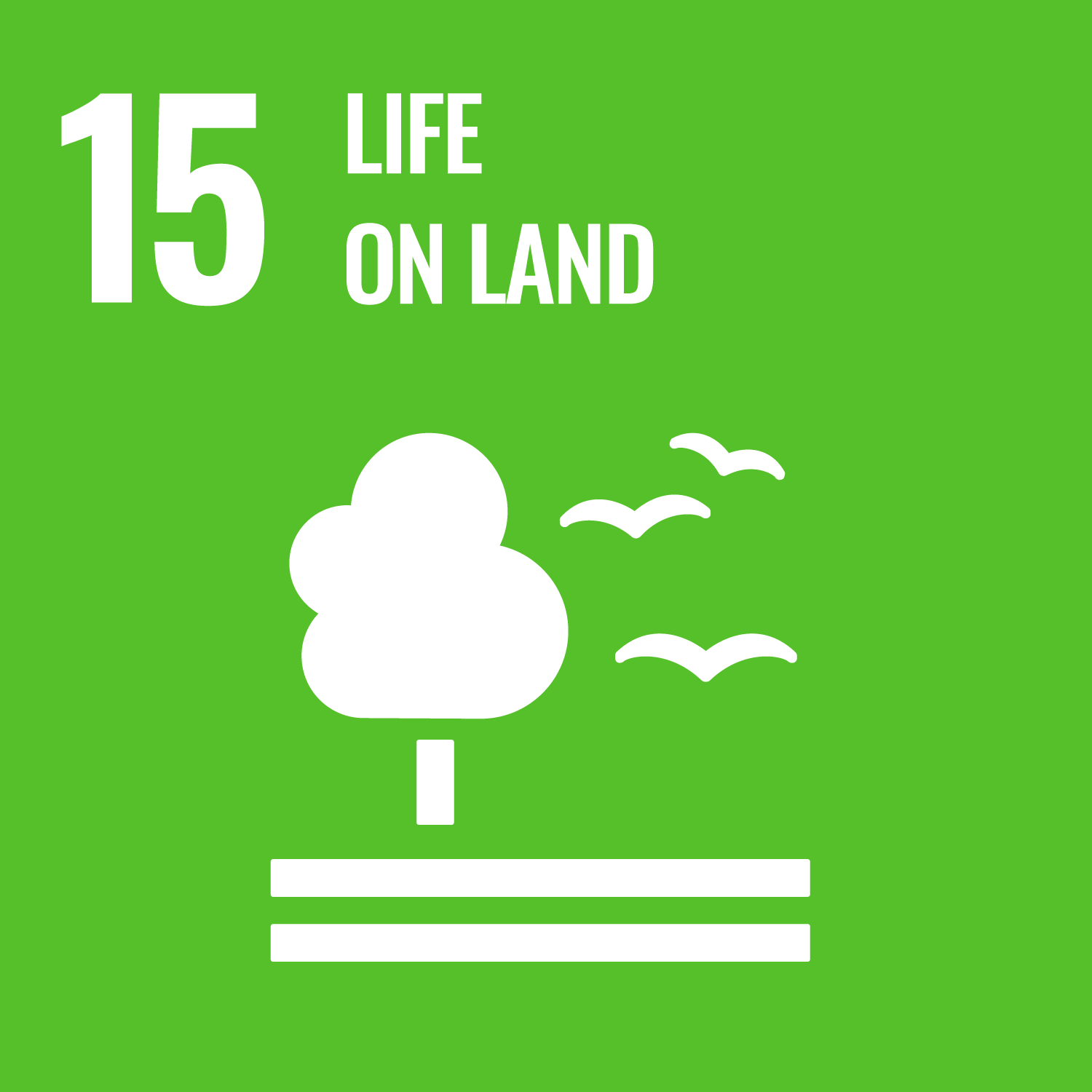
- 2.ZERO HUNGER
- 3.GOOD HEALTH AND WELL-BEING
- 6.CLEAN WATER AND SANITATION
- 7.AFFORDABLE AND CLEAN ENERGY
- 11.SUSTAINABLE CITIES AND COMMUNITIES
- 12.RESPONSIBLE CONSUMPTION & PRODUCTION
- 13.CLIMATE ACTION
- 14.LIFE BELOW WATER
- 15.LIFE ON LAND
Last modified : Fri Mar 18 22:34:58 JST 2022

